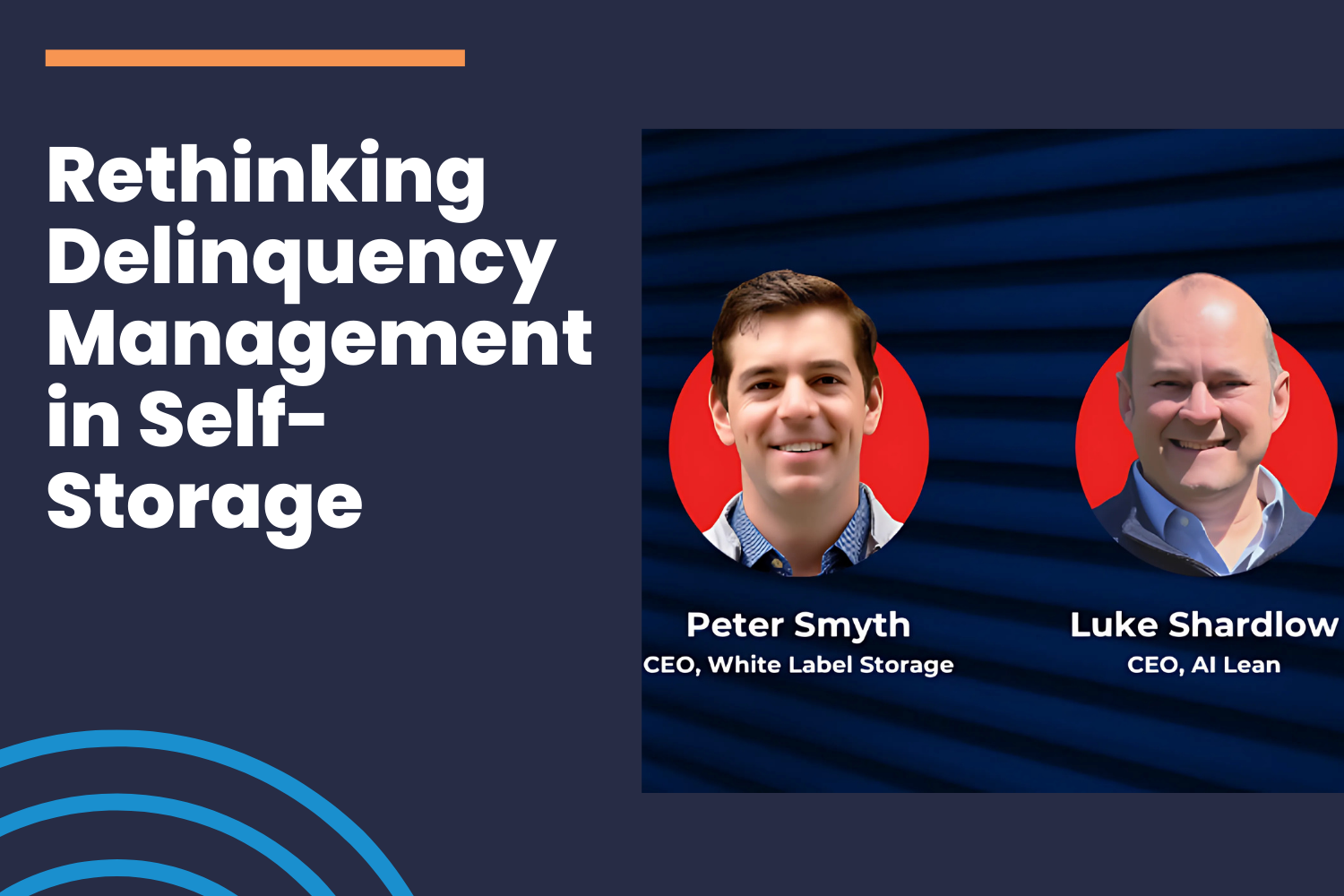
resources
The Storage Pulse
Year-End Reflections & 2026 Predictions for Self-Storage: The Year of Operational Discipline
2025 pushed operators to confront inefficiencies, rising costs, and outdated processes. In 2026, the winners will be the teams who double down on operational discipline—automation, clean data, standardized workflows, and proactive compliance. Here’s what the most prepared operators are prioritizing for the year ahead.
What 2025 Taught You About Your Delinquency Process (And How to Fix It in 2026)
2025 was a wake-up call for self-storage operators: softened demand, rising tenant pressure, and a tougher legal environment turned delinquency into a true differentiator. This article breaks down the seven hard truths 2025 revealed—and gives you a Q1–Q4 roadmap to fix delinquency management in 2026.
A Season of Gratitude: Thanking the Self-Storage Managers Who Keep the Industry Running
This Thanksgiving, we’re celebrating the self-storage managers who keep facilities running and customers cared for—despite rising compliance demands, delinquency stress, and lean teams. Here’s why their work matters and how better tools and support can make a difference.
The Five Most Common Mistakes That Trigger Wrongful Sale Lawsuits
Compliance mistakes are expensive, and wrongful sale claims are proof. This article breaks down the five most common lien errors, the hidden cost of manual processes, and how Ai Lean’s automation platform helps operators stay lawsuit-free and profitable.
The Great Delinquency Awakening
For years, self-storage operators have accepted delinquency losses as “just the cost of doing business.” But as margins tighten and labor costs rise, that mindset is changing fast. The industry is waking up to the reality that delinquency isn’t inevitable—it’s fixable. Here’s how automation is transforming revenue recovery and compliance across the sector.
Delinquency Nightmares: How to Stop Unpaid Units from Haunting Your Bottom Line
Halloween Edition. When tenants vanish without paying, it's more than spooky—it's a financial nightmare. Every delinquent unit haunts your revenue stream while your team scrambles to fix it. But there's good news: automation can banish these demons for good. Learn how self-storage operators are using smart technology to exorcise delinquency, slash legal risks, and reclaim their time.
The Document Vault Advantage: Building Your Legal Defense Before You Need It
In self-storage, the biggest risk isn’t managing delinquent tenants—it’s proving you did it right when challenged. A document vault automatically stores every lease, notice, and timestamped record, building your legal defense before you need it. Learn how automation protects operators from costly lawsuits and compliance mistakes.
Why Your FMS Alone Can't Solve Delinquency—And What Will
Your FMS is great for operations—but not for managing delinquency. Without automation, you risk revenue loss, legal exposure, and wasted staff time. Discover how specialized collections and delinquency automation can reduce tenant debt by up to 80%, save 500+ hours monthly, and protect your business from costly compliance errors.
Why 2026 Is the Year Self-Storage Operators Must Automate Collections and Delinquency Management
Manual delinquency management is costing self-storage operators more than they realize. Lost revenue, labor inefficiency, and compliance risk add up fast—especially as portfolios scale. With operators seeing 50% reductions in tenant debt and 95% drops in over-90-day AR through automation, 2026 is the year to stop budgeting for broken processes and start investing in operational excellence.
Rethinking Delinquency Management in Self-Storage
A Fireside Chat with Ai Lean & White Label Storage
Delinquency isn’t just an admin task—it’s lost revenue, wasted hours, and major legal risk. In a recent fireside chat with White Label Storage, Ai Lean CEO Luke Shardlow explained how automation fills the gap between FMS tools and auctions. The result: 20+ hours saved per facility, compliant workflows, and faster unit turns.
The 7 Deadly Sins of Lien Compliance
Lust, wrath, and... missed deadlines? Most self-storage operators are heading straight to lien compliance purgatory. Between botched notices, rushed auctions, and legal disasters, manual processes are the path to operational hell. But salvation is here: AI automation can absolve these sins faster than you can say "90-day notice period.”
Your Team Will Thank You for Automation (Once They See How It Works)
Worried about staff resistance to automation? Successful self-storage operators report their teams become automation's biggest advocates once they see the benefits. Learn the simple training approach that eliminates tedious work, reduces stress, and makes your staff champions of new technology.












